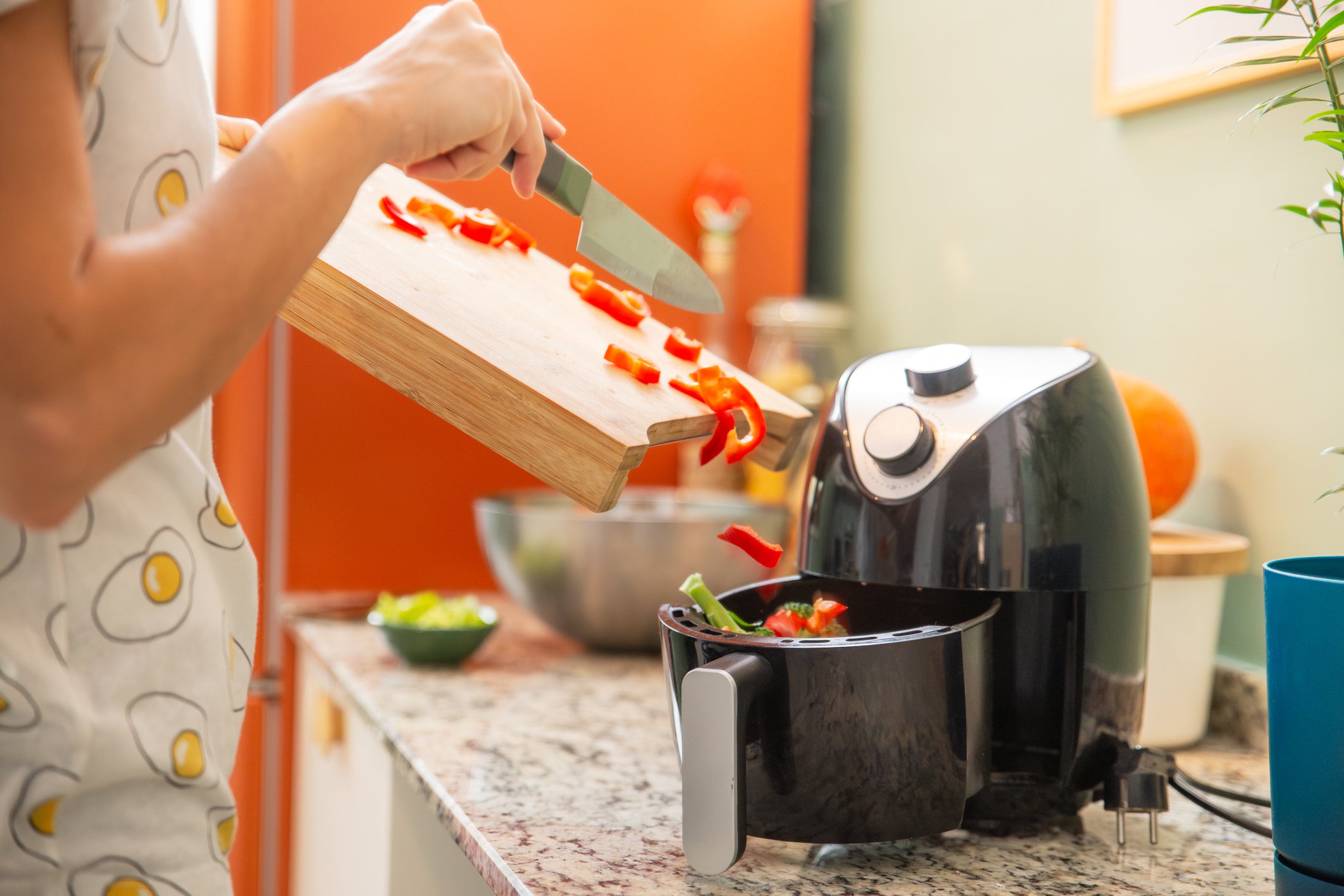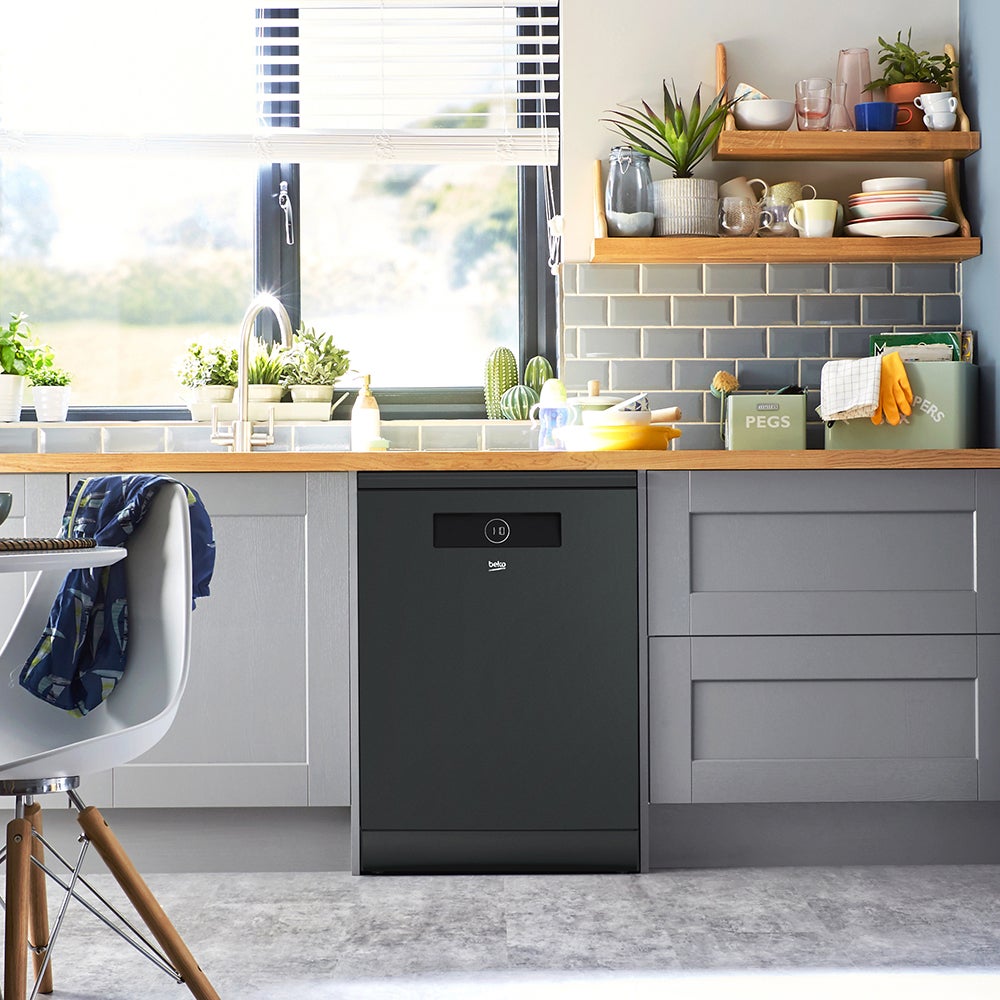With the cost of living still rising, most of us have had to reconsider some of our spending habits – and in no area does this feel more urgent than our energy bills. However, knowing just how to cut down your energy use effectively and save money can feel overwhelming. After all, it is an essential cost of daily life rather than a luxury.
If you’re not sure where to start, these 12 ideas – from changes in daily habits to home updates that could work for you in the long term – can set you on your way to a more energy-efficient home.
1. Adjust your boiler
Many boilers are set to a default flow temperature that can be comfortably lowered while keeping your home warm enough. If you use a combi boiler in your home, testing how a flow temperature of 55°C or 60°C feels can help you save on energy over time.
Similarly, turning your thermostat down by just one degree Celcius could save 10 per cent on your energy bill, according to research by the Energy Savings Trust.
2. Time your showers
For all the appeal of a long and hot shower in winter, cutting down the length of time you spend in there will not only mean you use less energy heating up the water, but you’ll also reduce your water usage.
3. Change up your cooking habits
For the occasions when you’re not using the whole oven, it can be much more energy efficient to use an air fryer: they’re small and heat up quickly, so they are great for when you’re just cooking for one or two people, as it can use up to 50 per cent less energy to cook the same thing.

Also, when you’re using your oven, make sure to remove any excess baking trays as this makes it harder for air to flow and takes the oven longer to heat up.
4. Invest in energy-efficient appliances
Nowadays, household appliances have a range of specially developed features to make them more energy efficient, so anyone investing in a new one should weigh up their options. It’s always good to check an appliance’s energy rating – newer models tend to have better ratings than older ones.
When it comes to washing machines, modern appliances are able to effectively clean at 30°C, and some have auto-dosing features that optimise the amount of detergent used.
Timer delay options mean you can run cycles when energy is cheaper, while some brands boast tech to help make loads more efficient. For example, Samsung’s ecobubble technology mixes air, water and detergent to create bubbles that can wash clothes at cooler temperatures.
For tumble dryers, look for heat pump models: by recycling the hot air that normally gets lost during the drying process, they can use up to 50 per cent less energy than traditional or condenser dryers.
5. Look into draught-proofing your home
To avoid wasting heat and letting cold air in, consider what draught-proofing options you have, as they are often quick and affordable ways to make your home more energy-efficient. Options include draught-proofing strips for windows that open, letterbox flaps or brushes, draught excluders for open chimneys, and plenty more.
6. Try a smart meter
Having a smart meter with an in-home display will allow you to see in near real-time just how much you’re spending on energy. This makes it much easier to understand and control how much you’re using, and notice where you might be able to make savings.

7. Bleed your radiators
Bleeding your radiators means you can release any trapped air that may be making them heat up less efficiently. It is recommended to do this every few months.
8. Load the dishwasher properly
Done correctly, using the dishwasher is more cost-effective than hand-washing. While loading it to full capacity seems obvious, it is an important habit – as is putting the items in correctly, ensuring they aren’t touching each other and that the spray arm can rotate fully. Opt for the eco cycle to save energy and water.
9. Defrost food in your fridge
Defrosting food in the fridge may take longer, but it can reduce your appliance’s energy usage as the compressor will have less work to do.
10. Heat yourself first
Heating your home in the colder months is important for a variety of reasons, but on the occasions when you need a short burst of heat, look first to the ways you can warm yourself rather than the air. This could be with a hot water bottle, an additional layer, foot warmers, or an electric blanket.
11. Turn appliances off at the wall
While leaving your devices on charge longer than necessary or keeping the TV on standby is easily done, ensuring that your electronics and appliances are switched off at the mains when they aren’t in use can help you reduce your home’s energy expenditure over time.
12. Dry your clothes differently
Unfortunately the cold and wet weather makes drying outdoors untenable at this time of year, but there are options to consider that can save you money.
Dehumidifiers can be cheaper than using the heating; and running a high-spin cycle on your washing machine first will help to remove excess water before you hang clothes to dry. If you need to use the dryer, combine a quick cycle with air drying.
Find more bill-busting tech available in store or online at currys.co.uk


